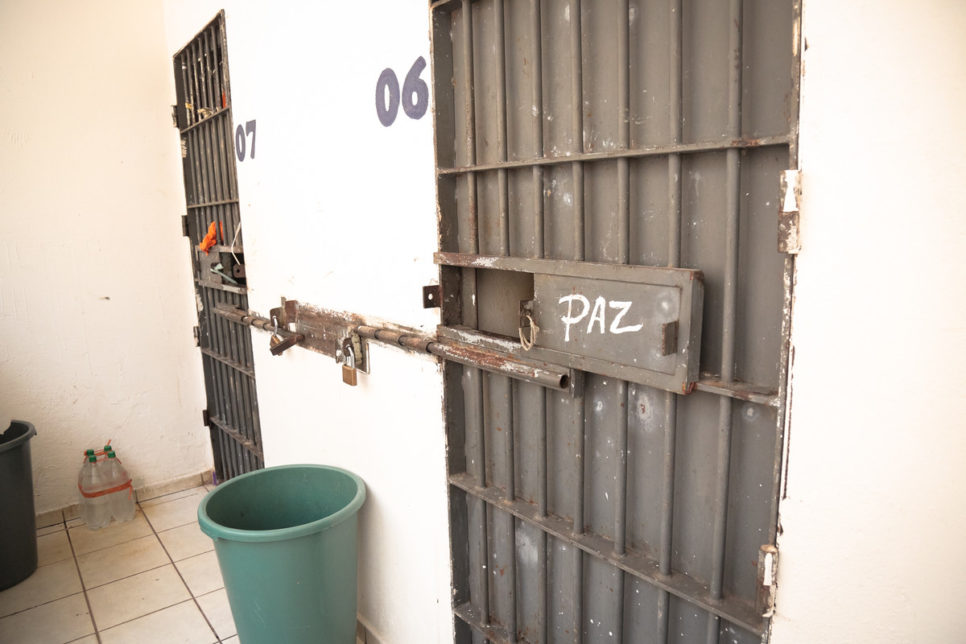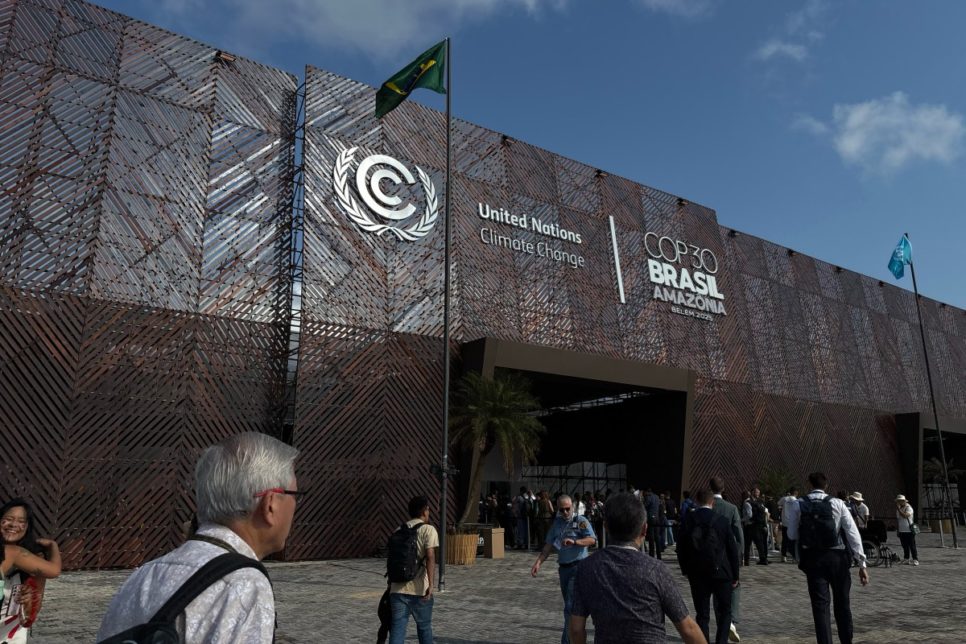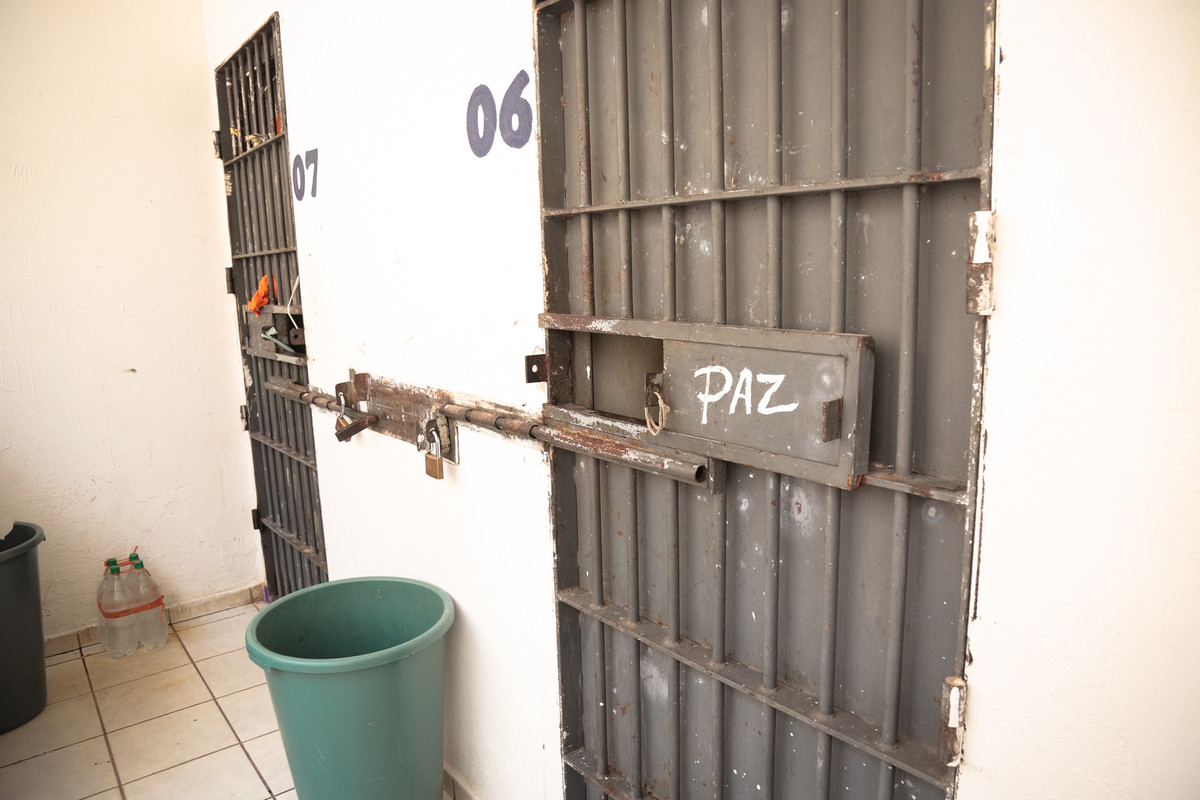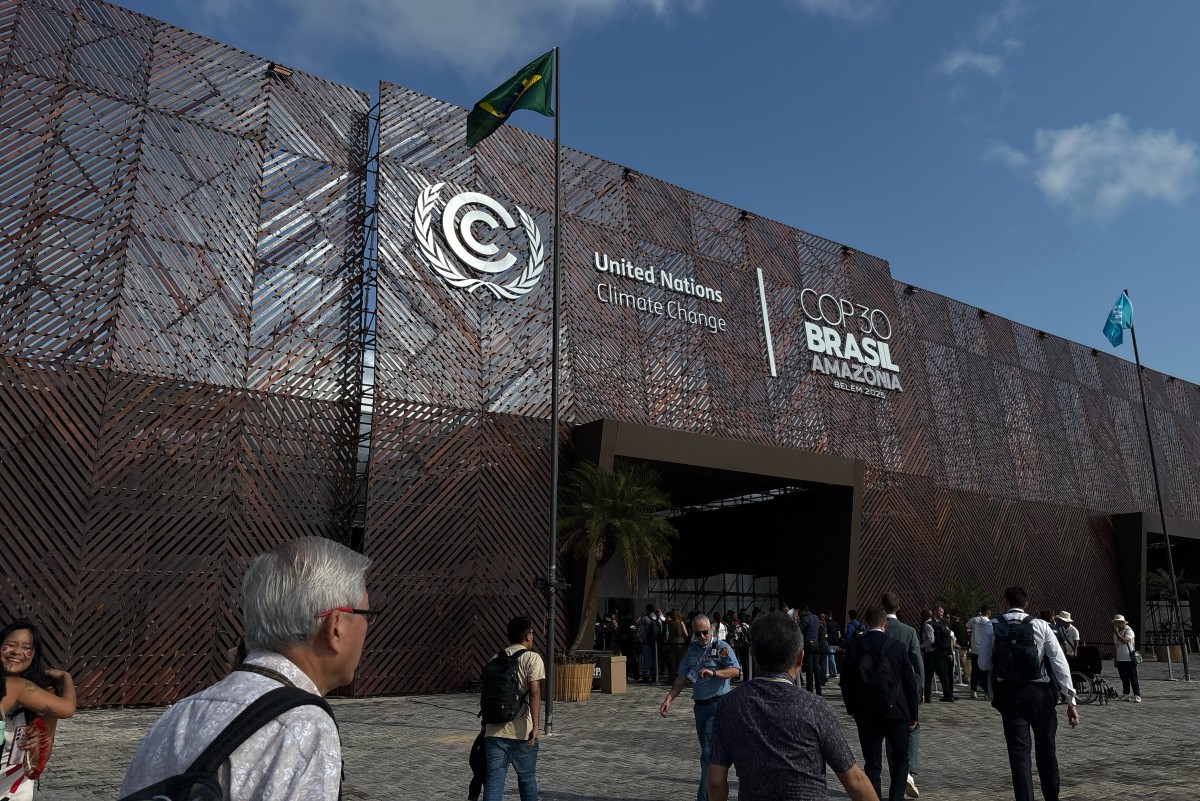Conditions in Brumadinho three months after the disaster
Read the interview with the lawyer Julia Cruz, Consultant on Development and Socioenvironmental Rights at Conectas
 General view from above of a dam owned by Brazilian miner Vale SA that burst, in Brumadinho, Brazil January 25, 2019. REUTERS/Washington Alves
General view from above of a dam owned by Brazilian miner Vale SA that burst, in Brumadinho, Brazil January 25, 2019. REUTERS/Washington Alves
On 25 April it will be three months since Vale’s Mina Córrego do Feijão dam burst, affecting the municipality of Brumadinho (MG). The region was covered in mud and until now 270 people have been confirmed dead and 40 people have not been found.
This sad episode is considered to be the worst human disaster in Brazil and one of the worst in the world in recent decades. Similarities can be drawn with the Rio Doce catastrophe that happened three years ago, destroying the Bento Rodrigues district in Mariana (MG) and directly and indirectly affecting millions of people.
This incident alerted the authorities to the extreme danger in which thousands of people are placed due to their proximity to other dams. The activities of 32 reservoirs in the state of Minas Gerais are currently suspended and over one thousand people have been evacuated due to the risk of further tragedies.
Read more
A parliamentary inquiry committee responsible for looking into the causes and those responsible for the dam burst in Brumadinho was set up on Thursday 25 April. Ministers are likely to propose changes in safety policies at dams with the aim of improving general rules for the construction and deactivation of tailings areas involved in the mining industry.
Read the interview with the lawyer Julia Cruz, Consultant on the Development and Socioenvironmental Programme at Conectas, talking about the current conditions of victims in Brumadinho and on how civil society has been working to guarantee these people’s rights.






